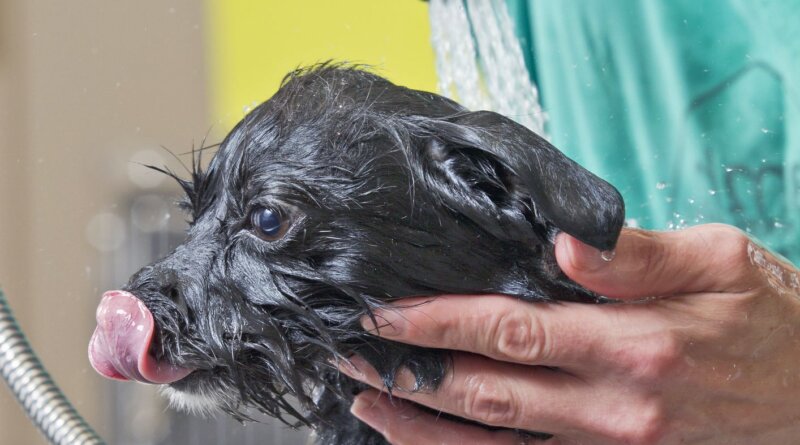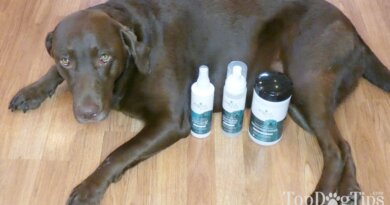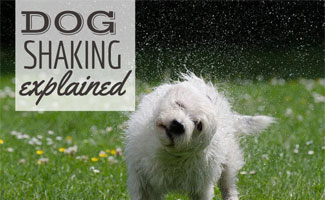Pyoderma in Dogs – Whole Dog Journal
As far as medical terminology goes, pyoderma means pus in the skin. For your dog, it means his skin is abnormal, uncomfortable, and nasty looking. Pyoderma is usually caused by bacteria and may just affect a small area or large sections of skin. Fortunately, it is not usually contagious.
Treatment
Treatment depends on the location of the pyoderma (frequently on paws), how severe the infection is, and any underlying causes or related conditions. Superficial pyoderma in dogs can often be treated topically by cleaning the area and applying medication directly to the problem spot. Cleaning skin folds on a regular basis can help to prevent future problems.
Medicated shampoos play a big role in treating pyoderma in dogs. The exact shampoo and frequency of baths depend on what is causing your dog’s troubles and how severe it is. Follow your veterinarian’s instructions carefully. Many medicated shampoos need to be left to “soak” on the skin and hair for 10 minutes before rinsing, so be sure to read the instructions to get the best results.
Deep pyoderma in dogs often requires a long course of antibiotics or antifungal medications depending on what is causing your dog’s discomfort. Giving meds multiple times a day for 3-4 weeks may feel like a lot but follow the instructions and finish the entire dose even if your dog’s skin starts to look better. This will ensure that the infection is completely cleared and will help to minimize the risk of microbial resistance.
Fleas, mites, allergies, and other underlying skin or autoimmune disorders will also need to be treated appropriately to keep your dog’s skin at its best.
Diagnosing Pyoderma
Signs of pyoderma include:
- Scaly skin
- Itchiness – scratching or licking/chewing at particular areas
- Red, irritated skin, especially in areas like the armpit or under the chin where skin folds over
- Bald patches and hair that falls out easily
- Welts
- Oozing
- Crusty skin
- Bad odor
Pyoderma can be a primary issue for dogs, but usually it occurs secondary to other skin problems such as a parasitic infection (fleas or mites) or underlying allergies.
Is Pyoderma in Dogs Contagious?
Pyoderma in dogs is not usually contagious. These infections are generally opportunistic, meaning that the bacteria take advantage of some weakness in your dog’s security system – fleas bites damaging the skin, wet paws from constant licking, or the warm moist folds of a Bulldog’s jowls. Regular grooming to support skin and coat health along with parasite prevention strategies can help to keep all the pets in your household looking and feeling their best.
Causes
Bacterial pyoderma in dogs is the most common. Bacteria love warm, moist environments, and thrive in enclosed spaces such as skin folds, between your dog’s toes, or even in inflamed hair follicles.
Luckily, most of these infections are superficial. Superficial pyoderma in dogs only affects the surface of the skin. Superficial pyoderma can happen anywhere on the body, but usually occurs in skin folds.
Deep pyoderma in dogs is more severe as the infection goes deeper into the skin. Like superficial pyoderma, it can occur anywhere on the body, but the paws and chin are two common spots.
Other causes of pyoderma include fungal infections, inflammation due to allergies or autoimmune disorders, or cancer (rare).




